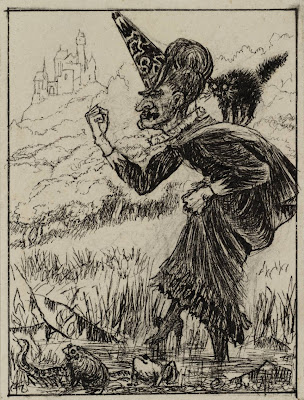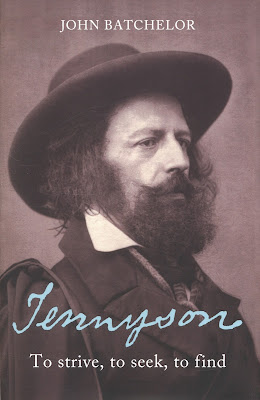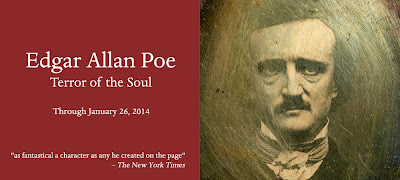Get to know the personal side of nineteenth century and Victorian era painters, poets, artists and authors.
Posts
Showing posts from October, 2013
Dimbola Lodge Home of Julia Margaret Cameron Haunted...
- Get link
- X
- Other Apps
Halloween with William Blake and Henry Fuseli for the most part!
- Get link
- X
- Other Apps
Author Interview with John Batchelor discussing his biography Tennyson: To strive, to seek, to find!
- Get link
- X
- Other Apps
Edgar Allan Poe's Terror of the Soul: The exhibit at The Morgan: October 4, 2013 through January 26, 2014
- Get link
- X
- Other Apps


